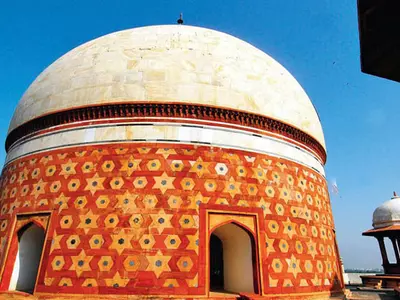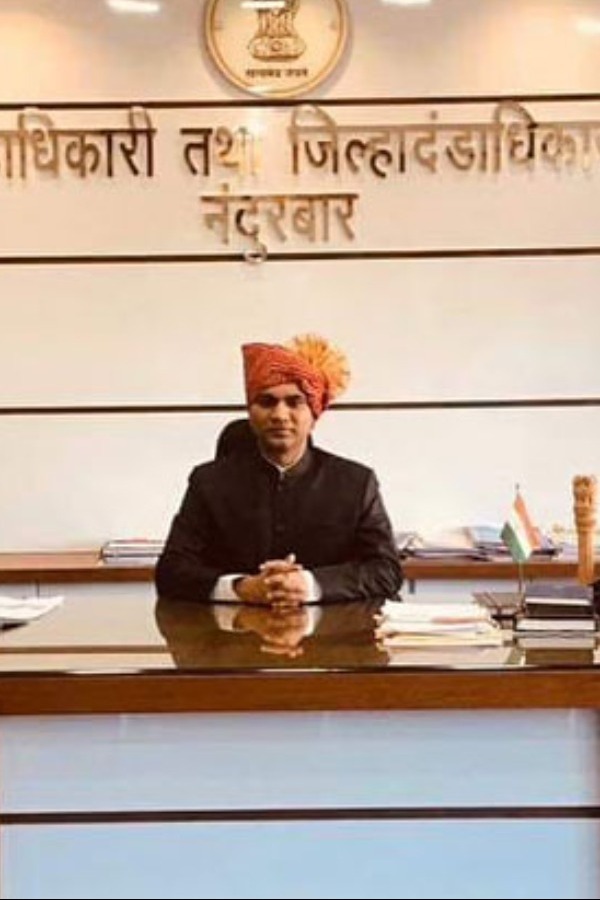Humayun Tomb And It's Neighbourhood Get Recognised By UNESCO As World Heritage Site

The profile of Humayun's Tomb has been enhanced. Nearly a dozen other garden tombs in the vicinity of the grand 16th-century Mughal edifice have also been designated as monuments of outstanding universal value by UNESCO and recognised as world heritage.

BCCL
While four of these structures got the prestigious tag last year, seven others were included as world heritage property through a notification last month. Officials say this is the first-ever expansion of a world heritage site.
"This expansion doesn't count towards two permitted annual nominations. Last year, Nalanda and Kanchenjunga were nominated for world heritage inscription; the Humayun's Tomb boundary modification proposal has submitted this February. All the submitted nominations have been inscribed on the world heritage list, making it a momentous year for Indian heritage," said an official.
In 2015, one the request of Aga Khan Trust for Culture and Archaeological Survey of India, UNESCO included Isa Khan's Tomb, Bu Halima's Tomb and Garden, Afsarwala Garden Tomb and Arab Serai Bazaar as part of the world heritage site. In early this year, AKTC proposed further boundary modification, which was forwarded by the Centre to UNESCO.

BCCL
"Seven other 16th-century garden tombs have been included. These are Lakkarwala Burj, Sunder Burj, Sunderwala Mahal, Mirza Muzzafar Hussain's Tomb, Chotte Batashewala Mahal, an unknown Mughal tomb and Nila Gumbad," said an official.
"It's a feat achieved silently and quietly. The conservation effort was recognised as a model by UNESCO and International Council of Monuments and Site," said a source.
The redevelopment of Humayun's Tomb was started in 2007. Following US president Barack Obama's visit in 2010, the US Ambassador's Fund for Cultural Preservation co-funded AKTC to conserve Lakkarwala Burj, Sunder Burj, Sunderwala Mahal, Mirza Muzzafar Hussain's Tomb, Chotte Batashewala and the unknown tomb.

BCCL
ASI and AKTC made a case to UNESCO that the integrity of Humayun's Tomb would be compromised without the inclusion of these structures. "Each of these monuments continue the predominant architectural feature of red-white contrast developed at Humayun's Tomb, though the Mughals used lime plaster mixed with marble dust to mimic the more expensive white marble used at Humayun's Tomb," said a conservationist.
"The expansion will enhance protection, increase visitors and improve the environment," said R S Fonia, joint director general, ASI.
Ratish Nanda, CEO, AKTC, said, "This is the culmination of a decade-long conservation effort and landscape restoration at these garden tombs, made possible only through a public-private partnership between AKTC and ASI, and also with the support of Tata Trusts and the US ambassador's fund."

























